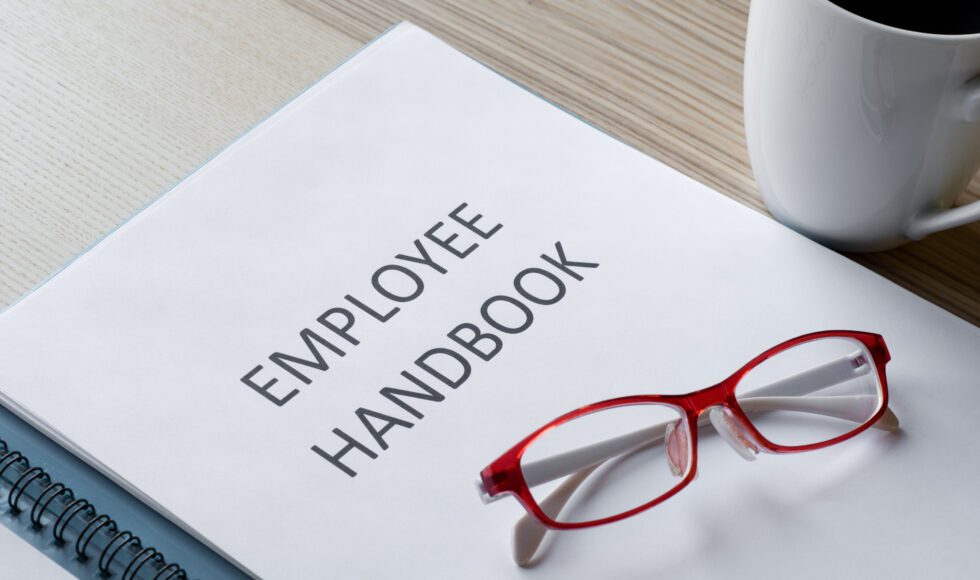Employee handbooks or office manuals play a vital role in establishing policies, procedures, and expectations for employees in dental practices. As an attorney specializing in employment law, I’ve assisted many dental practices in drafting and implementing employee handbooks that comply with legal requirements and best practices. In this blog post, I’ll discuss the legal considerations involved in creating employee handbooks for dental practices.
1. Compliance with Employment Laws
- Ensure that your employee handbook complies with federal, state, and local employment laws and regulations governing dental practices, including anti-discrimination laws, wage and hour laws, and workplace safety regulations.
- Regularly review and update your handbook to reflect changes in employment laws and ensure ongoing compliance. We advise at a minimum that your practice do an annual review and update.
2. Clear and Comprehensive Policies
- Clearly outline your dental practice’s policies and procedures regarding employment, workplace conduct, performance expectations, and disciplinary procedures.
- Include policies on attendance, timekeeping, leave of absence, harassment and discrimination prevention, confidentiality, and patient privacy.
- Consider non-solicitation and non-competition agreements as well as mandatory arbitration provisions.
3. At-Will Employment Disclaimer
- Include a clear statement in your handbook indicating that employment with your dental practice is at-will, meaning that either the employer or the employee can terminate the employment relationship at any time and for any reason, with or without cause.
- Clarify that the at-will disclaimer does not alter the terms of any employment contract or agreement that may exist between the dental practice and its employees.
4. Acknowledgment and Agreement
- Require employees to acknowledge receipt of the employee handbook and indicate their understanding and agreement to comply with its policies and procedures.
- Retain signed acknowledgment forms in employees’ personnel files as evidence of their agreement to abide by the handbook’s terms.
- If an arbitration, non-solicit, or non-compete agreement is included, retained signed copies of these agreements.
5. Consistency and Fairness
- Apply your dental practice’s policies and procedures consistently and fairly to all employees, regardless of their position, tenure, or other factors.
- Avoid discriminatory practices or favoritism that could lead to legal liability or claims of unfair treatment.
- This point boils down to a simple one: you have your handbook, follow it.
6. Confidentiality and Data Privacy
- Include policies and procedures to protect patient confidentiality and comply with HIPAA regulations governing the privacy and security of protected health information.
- Educate employees on their responsibilities regarding patient privacy and the consequences of unauthorized disclosure or breach of confidential information.
- Appoint one individual to be the practice’s “privacy officer.”
7. Consultation with Legal Counsel
- Seek guidance from an attorney specializing in healthcare employment law to ensure that your employee handbook is legally compliant and effectively mitigates potential risks and liabilities for your dental practice.
- Regularly (annually) review and update your handbook in consultation with legal counsel to address emerging legal issues and changes in employment laws.
In conclusion, office manuals or employee handbooks are valuable tools for dental practices to communicate expectations, establish policies, and promote a positive and productive work environment. By incorporating these legal considerations into your employee handbook, you can enhance compliance, minimize legal risks, and foster a culture of professionalism and accountability in your dental practice.


